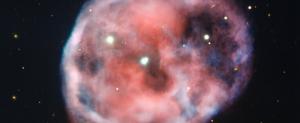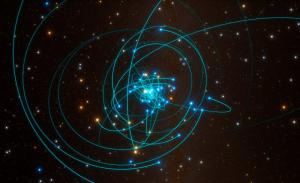Science
NASA’s OSIRIS-REx Successfully Stows Sample of Asteroid Bennu
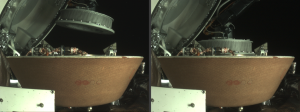
The left image shows the OSIRIS-REx collector head hovering over the Sample Return Capsule (SRC) after the Touch-And-Go Sample Acquisition Mechanism arm moved it into the proper position for capture. The right image shows the collector head secured onto the capture ring in the SRC. Both images were captured by the StowCam camera.
- Read more
- 488 reads
NEW SURVEY FINDS THAT SINGLE BURST OF STAR FORMATION CREATED MILKY WAY’S CENTRAL BULGE
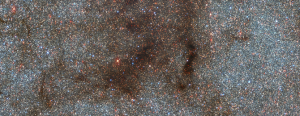
- Read more
- 500 reads
NASA’s OSIRIS-REx Spacecraft Collects Significant Amount of Asteroid
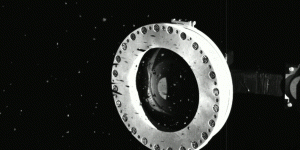
Captured by the spacecraft’s SamCam camera on Oct. 22, 2020, this series of three images shows that the sampler head on NASA’s OSIRIS-REx spacecraft is full of rocks and dust collected from the surface of the asteroid Bennu. They show also that some of these particles are slowly escaping the sampler head. Analysis by the OSIRIS-REx team suggests that bits of material are passing through small gaps where the head’s mylar flap is slightly wedged open. The mylar flap (the black bulge on the left inside the ring) is designed to keep the collected material locked inside, and these unsealed areas appear to be caused by larger rocks that didn’t fully pass through the flap. Based on available imagery, the team suspects there is plentiful sample inside the head, and is on a path to stow the sample as quickly as possible.
- Read more
- 518 reads
Pluto's Ice Caps Made of Methane, Turns Earth's Process Upside Down
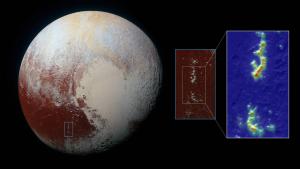
Pluto as seen from data taken by New Horizon's flyby in 2015 of the dwarf planet, with a close-up view of the Pigafetta Montes mountain range. The colorization on the right indicates the concentrations of methane ice, with the highest concentrations at higher elevations in red, decreasing downslope to the lowest concentrations in blue.
- Read more
- 493 reads
Death by Spaghettification: ESO Telescopes Record Last Moments of Star Devoured by a Black Hole
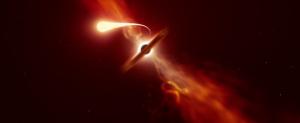
- Read more
- 447 reads
Massive Stars Are Factories for Ingredients to Life
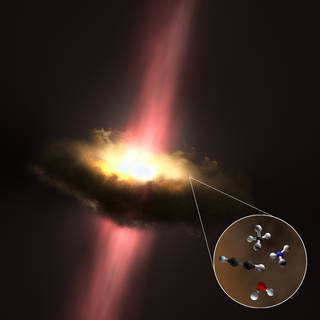
Illustration of a dusty disc rotating around a massive newborn star that’s about 40 times the size of the Sun. SOFIA, the Stratospheric Observatory for Infrared Astronomy, found the inner regions of two of these kinds of discs are filled with organic molecules that are important for life as we know it. These include water, ammonia, methane, and acetylene — which is a chemical building block to larger and more complex organic molecules — illustrated in the call out.
- Read more
- 497 reads
Hubble Observes Spectacular Supernova Time-Lapse

The NASA/ESA’s Hubble Space Telescope has tracked the fading light of a supernova in the spiral galaxy NGC 2525, located 70 million light years away. Supernovae like this one can be used as cosmic tape measures, allowing astronomers to calculate the distance to their galaxies. Hubble captured these images as part of one of its major investigations, measuring the expansion rate of the Universe, which can help answer fundamental questions about our Universe’s very nature.
- Read more
- 480 reads
ESO telescope spots galaxies trapped in the web of a supermassive black hole
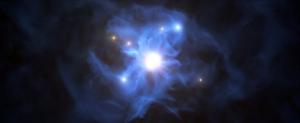
With the help of ESO’s Very Large Telescope (VLT), astronomers have found six galaxies lying around a supermassive black hole when the Universe was less than a billion years old. This is the first time such a close grouping has been seen so soon after the Big Bang and the finding helps us better understand how supermassive black holes, one of which exists at the centre of our Milky Way, formed and grew to their enormous sizes so quickly. It supports the theory that black holes can grow rapidly within large, web-like structures which contain plenty of gas to fuel them.
- Read more
- 458 reads
Human Rights
Fostering a More Humane World: The 28th Eurasian Economic Summi

Conscience, Hope, and Action: Keys to Global Peace and Sustainability

Ringing FOWPAL’s Peace Bell for the World:Nobel Peace Prize Laureates’ Visions and Actions

Protecting the World’s Cultural Diversity for a Sustainable Future

Puppet Show I International Friendship Day 2020
